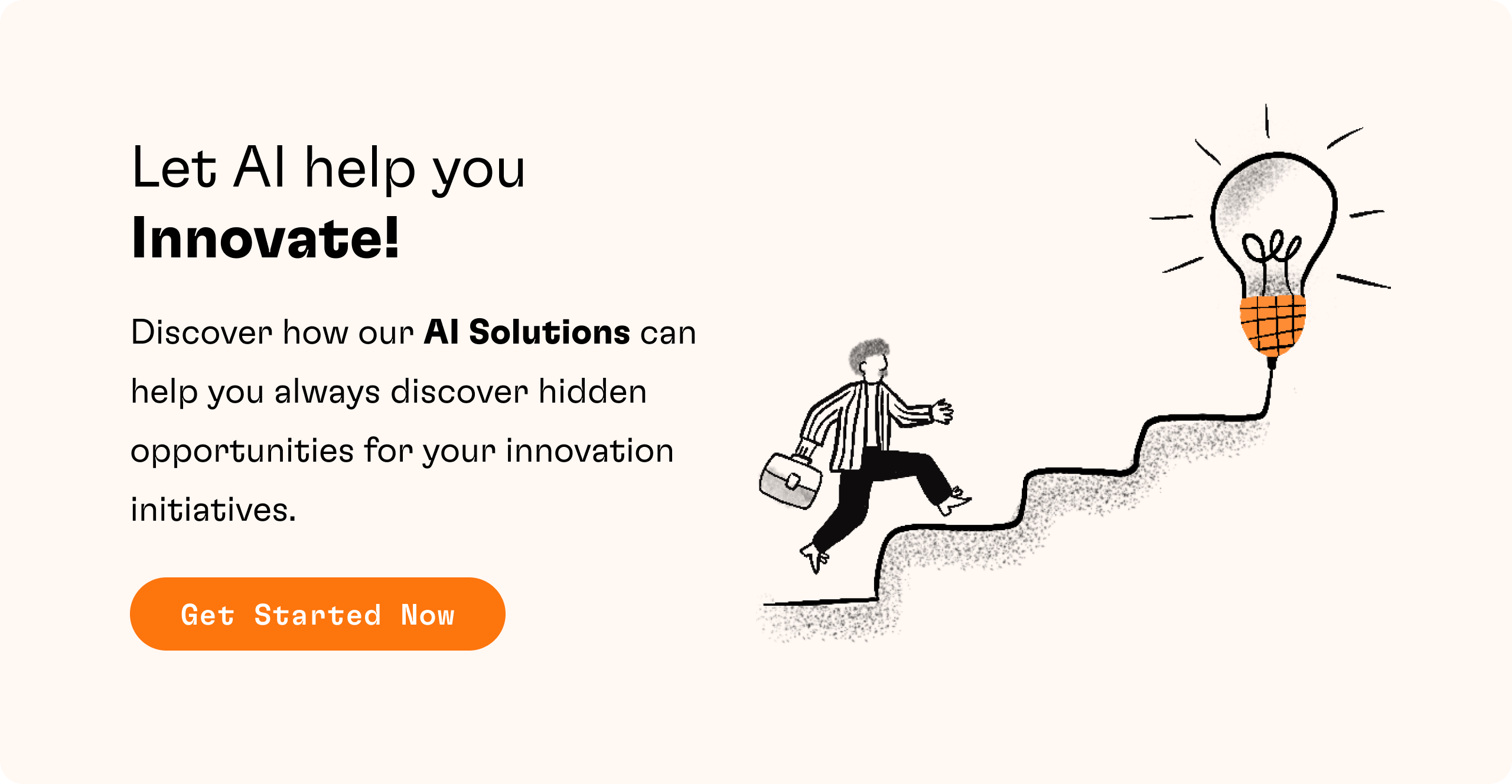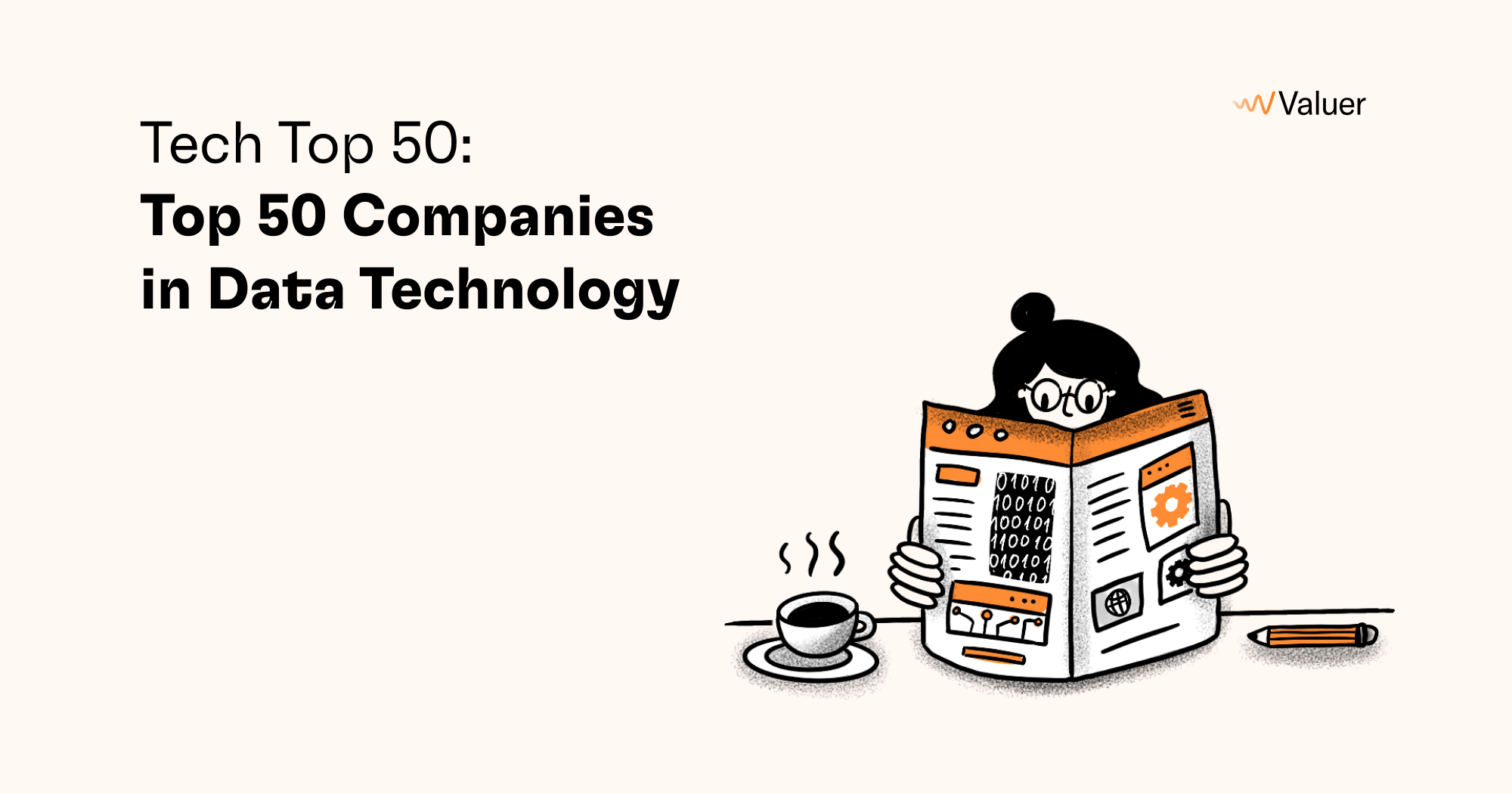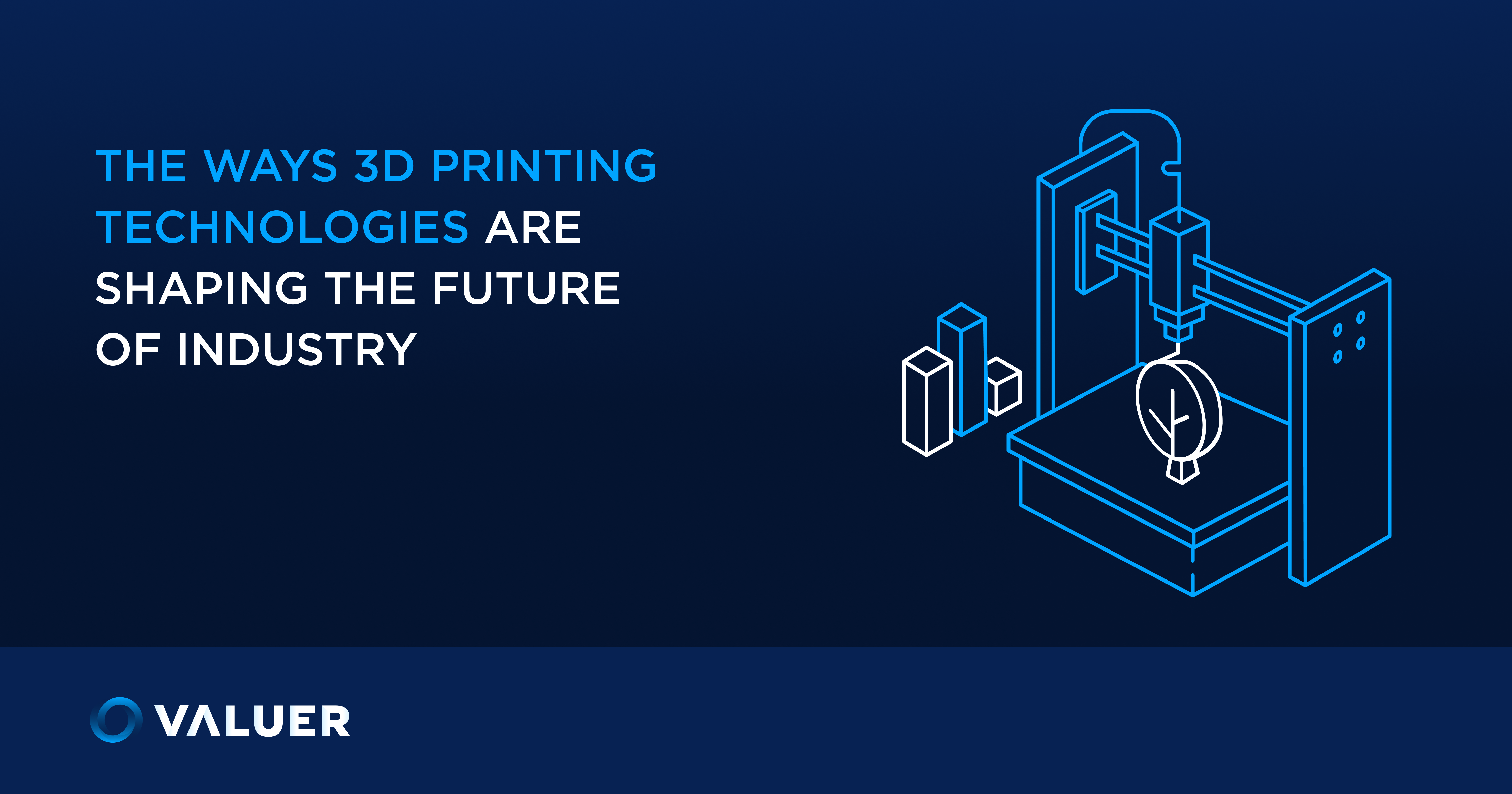* Article updated September 10, 2022 with new content and an updated list of facts.
Data analytics and artificial intelligence (AI) have received much attention over the last few years. However, information on artificial intelligence and facts about technology have been a bit misleading regarding AI.
This is to be somewhat expected given the rate at which AI develops. Machines learning from data completely unsupervised still sounds a bit crazy. Luckily, we live in an age where “crazy” often translates into “give us a few more years, and we’ll get the tech up and running.”
In this article, we will cover incredible and mind-bending facts about AI and machine learning (ML), including figures and numbers from reports, surveys, and information on the capability of AI at present and in the future.
Terms used interchangeably with artificial intelligence
But before we jump to the insightful facts about technology, it is essential to get our AI facts straight and understand the meaning and differences of the term AI.
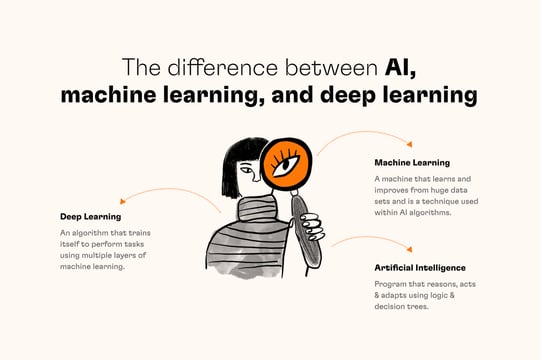
Usually, different terminology is used while talking about artificial intelligence. It can become unclear and complicated if you are not an expert in the field. There is a difference between terms like artificial intelligence, machine learning (ML), and deep learning (DL).
Artificial intelligence is an umbrella term used for a branch of computer science in data and analytics. It refers to the ability of hardware or software to acquire and apply knowledge and “think” or “behave” like a human. This includes processes such as planning, problem-solving, and reasoning. ML and DL both fall under the umbrella of AI, so neither can be interchangeably used with artificial intelligence.
Deep learning is one of many approaches to machine learning research. Artificial Neural Networks (ANNs) work similarly to the human brain. So - deep learning falls under ML.
On the other hand, machine learning is a learning technique where machines can learn from massive data sets. ML is used within AI algorithms. It is simply a time-saving way to achieve AI. Of course, AI can be reached without ML, but it requires a lot of coding and decision trees.
ANNs are divided into layers, where each layer learns to perform different tasks from sound, images, or text. For example, one of the applications of speech embedding is voice biometrics. It can be used to capture voice print.
75 interesting facts about Artificial Intelligence
1. Google CEO Sundar Pichai claimed that artificial intelligence (AI) would be more transformative to humanity as a species than electricity and fire.
2. A McKinsey survey from 2021 found that 56% of companies have adopted AI in at least one function within the organization, which is an increase from 50% the year prior.
3. GA PWC report from this year found that 96% of respondents intend to utilize AI simulations like digital twins. Simulations are massive in AI, as they can speed up risk analysis, provide insights, predict supply chain dynamics, and so on.
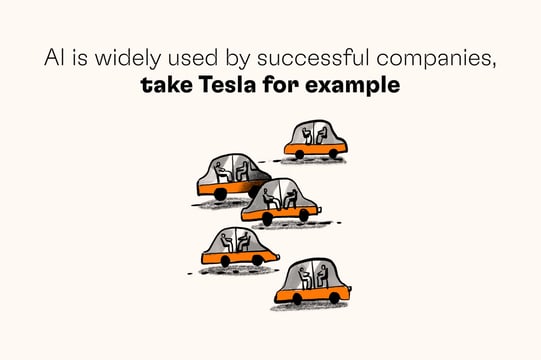
4. According to International Data Corporation (IDC), the spending on AI will reach $22 billion in 2022 across Europe. The number is expected to surpass $50 billion by 2025.
5. Although the revenue benefits of AI have held steady or decreased, cost savings have grown greater across all functions since the first year of the pandemic. - McKinsey
6. Global corporate investment in AI rose from 67.85 billion in 2020 to 93.5 billion in 2021.
7. Although private investment in 2022 is set to exceed $135 billion, overall investment in AI research and applications is set to reach $500 billion by 2024.
8. Global revenues from AI for enterprise applications are projected to grow from $1.62B in 2018 to $31.2B in 2025.
9. According to the PWC AI’s Predictions 2021, only 28% of executives consider AI and machine learning a priority regarding information extraction.
10. According to the AI Index, since 2000, the annual investment from venture capital firms into US startups utilizing AI systems has increased as much as six times!
11. Between 2010 and the first quarter of 2020, the venture funding in AI hit a mind-blowing $61 billion. Most of this investment went to companies in the USA and China.
12. From a research perspective, China became the global frontrunner in AI in 2021 regarding technological development and market applications.
13. As reported by Gartner, by 2025, more than 75% of venture and seed capital investors will use AI and data analytics to gather information.
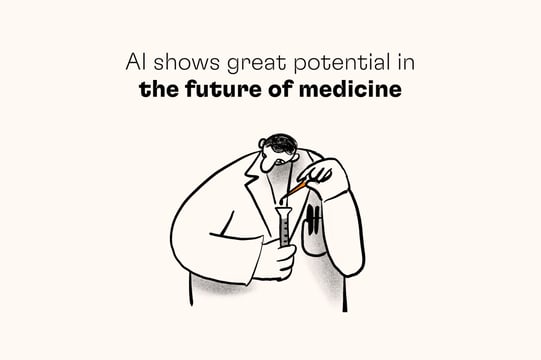
14. A supercomputer identified 77 chemicals that could prevent the coronavirus from spreading, which could help doctors mitigate infection and develop effective treatment plans.
15. Alphabet’s Google and Nvidia are two of the world's top most innovative AI companies.
16. Ethics in the world of AI remains a hot topic not only between active members in the field but also in the global community at large.
17. The development of machine learning is expected to be increasingly automated. Some sectors that best exemplify this fun fact about technology are agriculture, cybersecurity (you can read more about it from our expert interview on ransomware attacks and cybersecurity), fintech, manufacturing, and many more.
18. The Chinese government uses financial incentives to encourage private companies to work on AI development.
19. With other collaborators, Microsoft hosted the 3rd online workshop on video analytics and intelligent edges in March 2022. The keynote speaker, Inseok Hwang, explored how AI can help reduce the physical distance felt by using computer-mediated interaction services - think video calling.
20. Back in 2020, only 9% of firms reported using AI tools like machine learning and voice recognition. However, the market was by no means small - it was worth $10 billion, and it’s continued to grow, with projections that it’ll reach $27 billion by 2026.
21. A fun AI fact: according to a study by Bespoken, Google’s AI far excelled that of Alexa and Siri.
22. In 2020, Elon Musk predicted that AI will overtake humans and grow more intelligent than our species by 2025.
23. AI-enabled voice assistants will not be female by default anymore.
24. Last year, Chinese scientists created AlphaDog - a robot dog that, beyond serving as a pet, could also help with delivery, bussing in restaurants, and aiding the visually impaired. A fun fact about technology here is that the AlphaDog will use 5G and operate autonomously.
25. In 2021, 33% of just over a thousand companies started implementing limited AI use cases. - PWC
26. Google-owned AI DeepMind can beat most Starcraft 2 players and compete with the best.
27. Top scientists and technologists like Stephen Hawking, Bill Gates, and Elon Musk believe that AI is a perilous threat to humanity.
28. Google claimed to have developed AI that can design chips for computers much faster than humans. The AI needs less than 6 hours to design the chips, while it takes its human counterparts months to do the same. This is why people worry that AI will take over human jobs. Not all AI facts are as exciting!
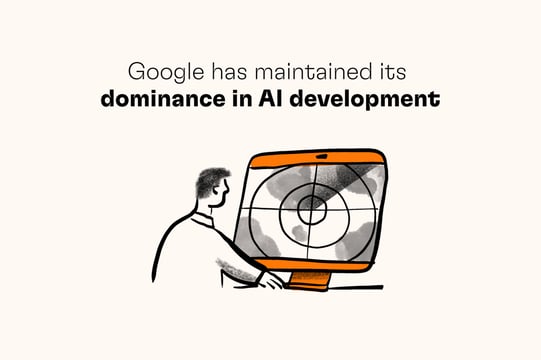
29. Productivity can be increased by 40% through artificial intelligence. This would allow people to spend their time more effectively.
30. The world’s top universities have increased their AI-related education over the last few years, according to the AI Index.
31. The number of AI startups have increased 14 times since 2000.
32. In Stanford, the number of AI-related courses has jumped from 25 in 2010 to 77 in 2020
33. Only one of the top 10 internet companies in 2022 is from Europe - and that’s Booking.com. Still, this is better than the previous years when none of the top 10 came from this continent. The 10 biggest are (in order of size):
- Amazon
- Alphabet Inc.
- Meta (formerly Facebook)
- Tencent Holdings
- Alibaba
- Netflix
- Salesforce.com
- JD.com
- Booking.com
- Baidu
34. China is the largest market for industrial robots since 2013, with 140,492 units installed in 2019. Although the sector was slowed down by the pandemic, it was estimated that China has already recovered from its “industrial slump.”
35. The top five countries/regions for AI engineers are the USA, Europe (the UK and Germany in particular), China, Canada, and India.
36. In 2019, IBM AI machine called Debater lost to a top-ranked human debater, Harish Natarajan.
37. ‘’China’s top search engine company Baidu made a smart cat shelter in Beijing that uses AI to verify when a cat is approaching and open its door. The cat shelter is heated and also offers cats food and water.’’ - The Verge
38. Back in 2019, Microsoft and Google warned that bad AI could potentially harm a business’ brand. Although many companies are eager to implement AI, fact is that if not done properly, it could exacerbate existing problems or create new ones.
39. A lot of sci-fi literature and films have led to real tech discoveries - like the AI-infused replicants in Blade Runner, which are originally based on the androids in Philip K. Dick’s Do Androids Dream of Electric Sheep?
40. By 2025, global AI software is expected to hit $100 billions. Others estimate that the market value by the same year would reach $126 billions.
41. Low-code or no-code AI is a big trend in 2022 that would pave the way for the “ongoing ‘democratization’ of AI and data technology.” This means that people could customize AI with only written or voice instructions that don’t require complex technical knowledge.
42. Voice search has made SEO much more complicated as users get only one result from a single data source.
43. With the usage of AI, customer services can map out customer journeys and discover business-related information about different parts of the experience. - Forbes
44. ‘’...according to artificial intelligence expert Dr. David Levy, in a few generations, we won't just be having sex with robots, we'll be marrying them.” He predicted that human-robot marriages will be legal by the year 2050. - CBC Radio
45. Since 2020, there are robots that can detect when they’re “in pain” - i.e., damaged - which makes them aware that they’re in need of repair. These robots can also self-repair.
46. Because of concerns over data privacy, the EU has created a draft of ethics guidelines for AI. It outlines points like how developers should ensure that their AI will respect fundamental human rights.
47. A historic AI fact: One of the first AI programs was created in 1965 by Carl Djerassi. It was named DENDRAL and it automatically discovered unknown forms of medications.
48. Facebook’s AI team has been hard at work developing AI that can understand the content of videos and put it to use. Though what this means remains somewhat vague, an innocent part of it would be automated video captions, for instance.
49. Banks use AI for revenue generation and risk management.
50. Google has a Quantum AI Lab where, unlike other companies, they actually own a quantum computer.
51. Deep Blue was the first AI robot, made in 1996. It was a chess-playing computer which won its first game against a World Champion on 10 February 1996.
52. Experts believe that AI will take over 16% of current jobs within the next 10 years, but worry not, a new era of job opportunities will arise.
53. A startup called Outrider uses electric AI-based yard trucks to create fully-automated yard operations that are repetitive and even sometimes dangerous for humans.
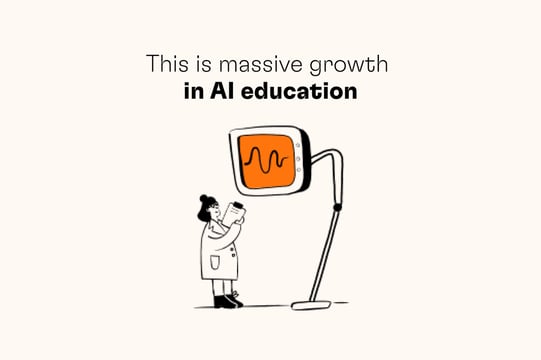
54. ‘The “Big Tech” companies, namely Amazon, Google, Facebook, Apple, and Microsoft obtained 13 AI startups in 2020. This is because in recent years, AI startups are considered a “prime acquisition target” in the sector.
55. In 1980, John Searle explained the division of ‘’weak’’ and ‘’strong’’ AI. Weak AI focuses on one narrow task, while strong AI is similar to full human intelligence.
56. Researchers at the University of Stanford created a machine learning algorithm that is capable of predicting death with a shocking 90 percent accuracy.
57. In the medical world, the TUG robot can carry nearly 1000 lbs of medication to any location in a hospital. Because of this innovation, doctors are able to spend more time with patients.
58. To better address various AI problems - including fairness - researchers are suggesting a probabilistic programming language system.
59. AI systems are now capable of composing audio, text, and pictures. This has been applied to significantly improve the detection of individual persons with facial and voice recognition.
60. The FBI uses machine learning to detect potential terrorist activity by tracking mobile messaging apps and social media platforms.
61. In the 1970s, the capabilities of AI were limited because of limited computational power, but with the decreasing size of transistors and increase in the computational power of devices, it has become possible to create machine and deep learning algorithms capable of voice recognition, self-driving cars, and MUCH more.
62. AI has shown to be better at detecting breast cancer than individual doctors, and just as good as double-reading - a diagnosis confirmed by two doctors.
63. AI is capable of making diagnoses just as accurately as world-leading experts in the medical field. For example, there is one such AI-driven algorithm that can detect metastatic breast cancer with 99 percent accuracy.
64. One of the main - and most critical - problems of AI is that even its creators can’t understand some of the decisions AI software makes and why.
65. With the aid of AI, Canadian startup BlueDot predicted the coronavirus pandemic before the world knew what was going on - and about to happen.
66. AI is used in surgery not only for diagnosing patients, but also for decision-making and automated (robot-assisted) surgeries.
67. Though there has been research to develop AI that could detect depression from someone’s voice, it’s still not very accurate and has a tendency to misdiagnose ethnicities that weren’t the majority in the group used for the ML development phase.
68. Finland offers AI courses to ensure that the country remains competitive. Their goal is to teach at least one percent of the residents the basics of AI.
69. Some experts believe that as much as 45% of business processes could be automated with the help of AI.
70. The ability to nap in your car while on your commute to work is much closer than you think. Elon Musk announced that Tesla will offer self-driving cars in less than a year - May of 2023. As this announcement has been made before without any actual launch, take it with a grain of salt.
71. Despite the statistics saying that AI will replace more than 80 million jobs, the World Economic Forum projects that more than 97 million new jobs will be created by 2025 due to AI technology. - PWC
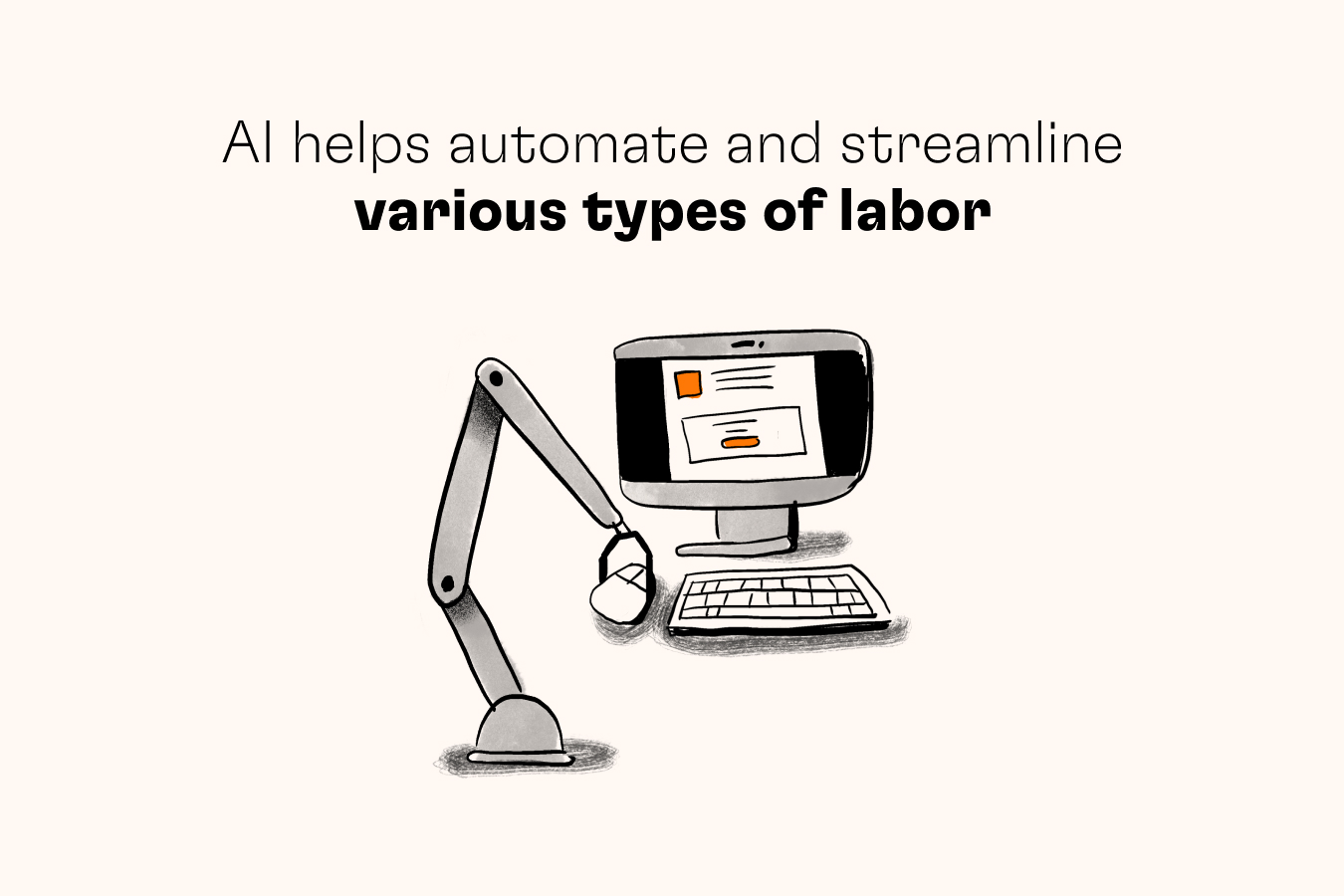
72. At a $140 billion valuation, the biggest AI unicorn in the world is a company called Bytedance from China. Musk’s SpaceX is second, valued at $100.3 billion.
73. By the end of 1993 - a different time for AI - over 300 companies related to the large umbrella that is AI went bankrupt, shut down, or were acquired. This era is referred to as the “AI winter.”
74. AI is also the future of dating apps. Researchers believe that it’ll help people find more compatible partners from the convenience of their smartphones.
75. The contribution of AI to the global economy is projected to hit $15.7 trillion by 2030.
The 75 fact about AI roundup
In modern history, the concept of AI dates back to the 1940s and the term ‘’artificial intelligence’’ was coined only in 1956 by John McCarthy. It became a real hot topic in the 1950s, thanks to folks like the incredible Alan Turing. However, the idea of artificial beings endowed with human-like intelligence predates this by far - in fact, it can be traced back to antiquity. It’s truly fascinating to take a backwards glance and see how many ideas that were mere dreams, abstract concepts that philosophers thought up millennia ago, are coming to life before our very eyes. We are quite privileged in that we live in the age of realizing these ideas, ideas that would have been considered pipe dreams once upon a time.
So, while it always lived in the collective consciousness as a possibility (or at least a very big question mark), AI technology didn't begin to take off until the 1980s, when expert systems proliferated. Today, it can (sort of) drive cars, diagnose disease, tell you how to improve your supply chain, beat you at a chess match, and recognize your face. We have reached an astonishing point in human history where AI has gained a nearly ubiquitous presence in our day to day lives.
AI and future opportunities
While we have come a long way, there is still a lot to uncover when it comes to the capabilities of AI and ML. Artificial Intelligence and Machine Learning aren’t going anywhere and will continue to be an increasingly valuable part of our lives. If anything, these 75 AI facts cement our position on the matter.
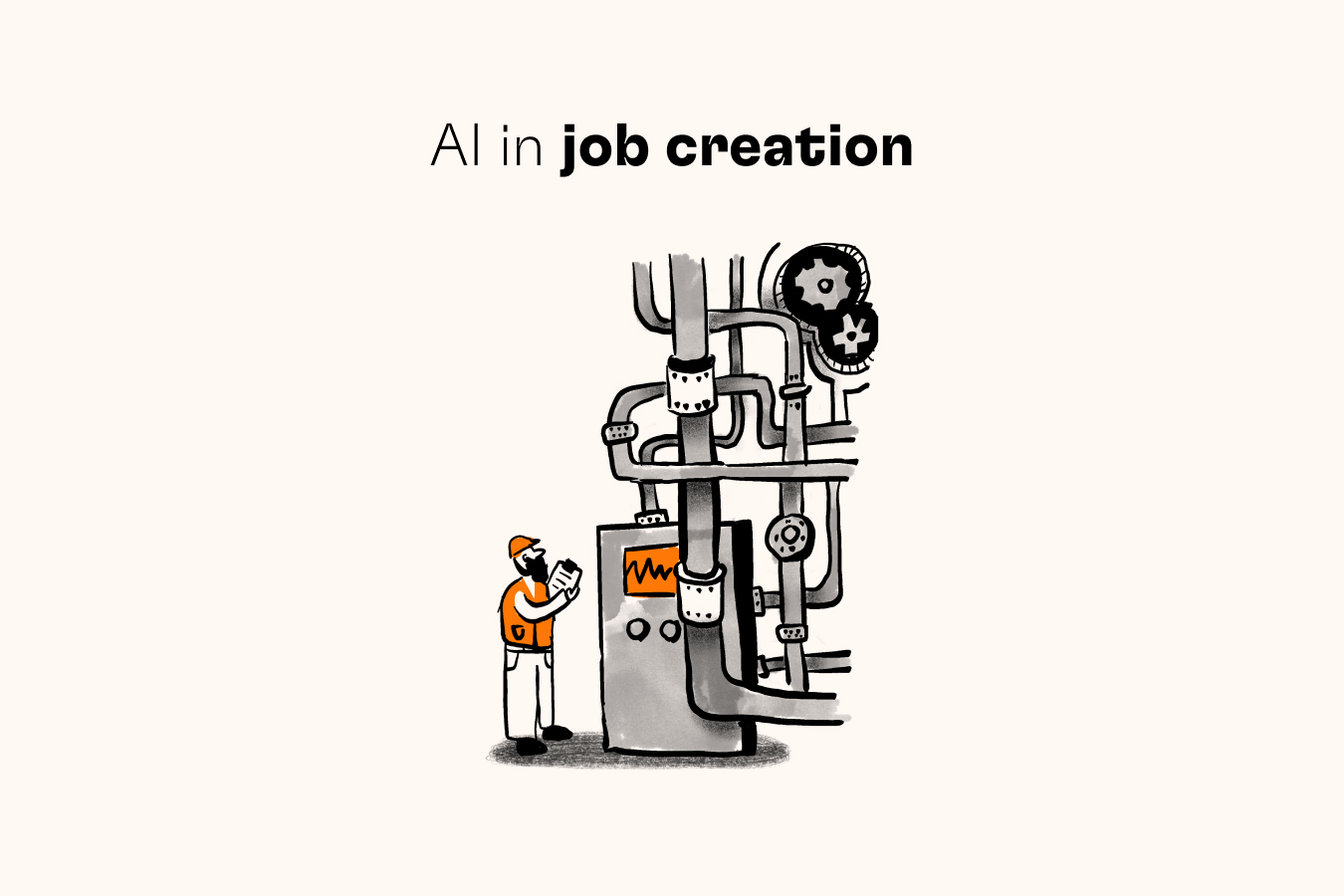
One of the most interesting technology facts about artificial intelligence is that by 2045, AI is expected to completely surpass human intelligence. At that time, AI will start to fully automate various industries. However, at the same time, AI will generate around 2 million new job positions.
Experts mention job positions like AI business development manager, data detective, and fitness commitment counselor. For businesses, machine and deep learning will be able to free up more time for more important and meaningful tasks. This is a more positive take on our shared future with AI, in contrast to the doom-and-gloom outlooks you can find. Correct information on artificial intelligence is also desperately needed, as it is easy to get bombarded with false AI facts.
.png?width=103&height=103&name=Untitled_Artwork%20725%20(2).png)
